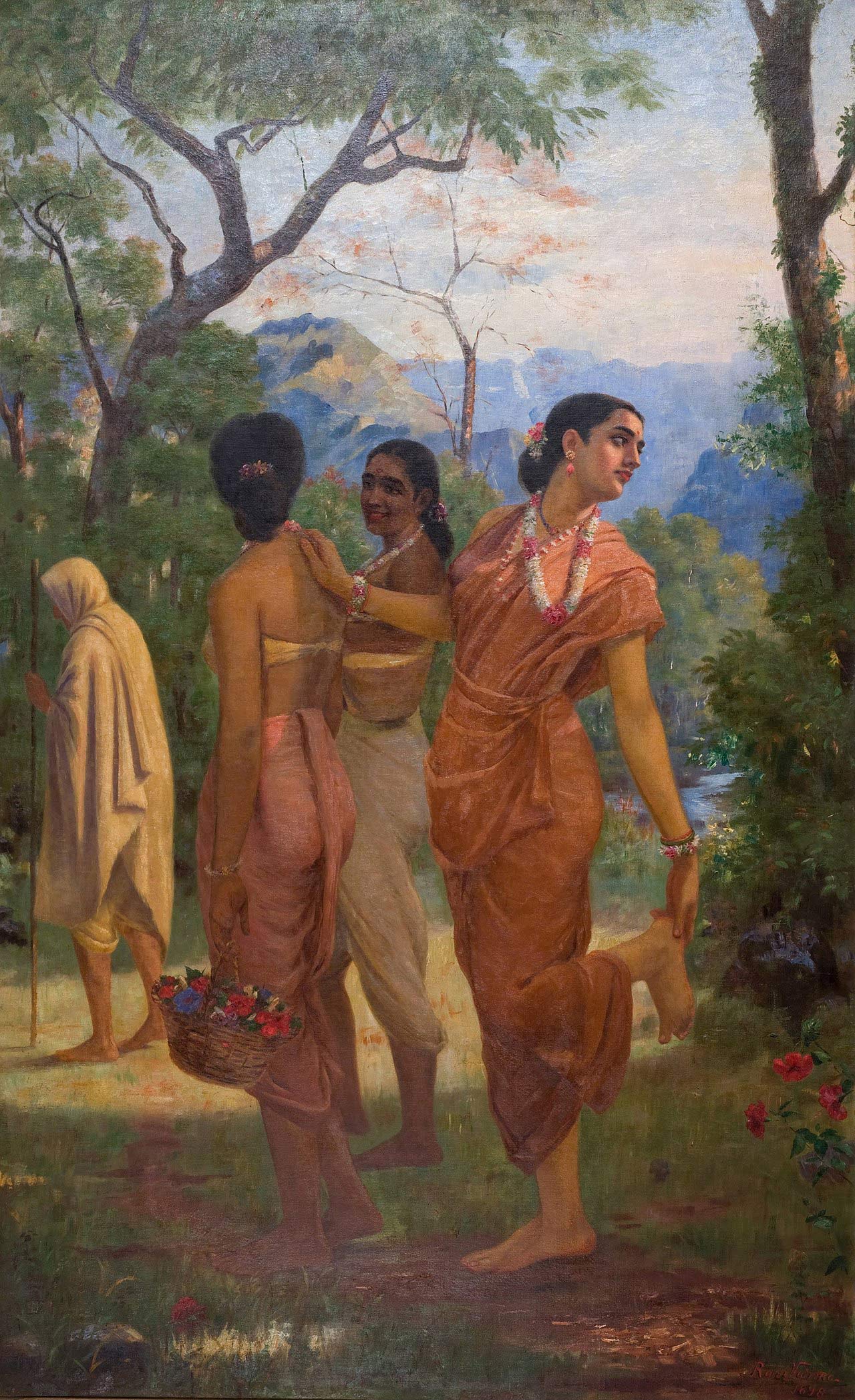
Article by EIH Researcher and Writer
Chitranshi Khare
With the onset of spring season as we celebrate Basant Panchami, the auspicious festival of vibrant hues and colours, predominantly yellow, owing to the bright yellow flowers of the ripe mustard and the various other spring blossoms. Flowers have a special significance in the festival and season henceforth. Every morning, this 200-year-old lane in old Lucknow’s Chowk, spreads myriad fragrances of jasmine, gulaab, genda, mogra, and others, in addition to more exquisite ones like carnations, orchids, lilies bought by the florists. We’re talking about Lucknow’s famous Phoolon Vali Gali or Phool Mandi.
This age-old lane boasts of Nawabi heritage and happens to be one of the oldest market places in the city. It is said that the place came into existence during the rule of Nawab Asaf-ud-Daula. It holds a lot of importance as it emerged with Chowk market being set up, one of the oldest in the state. Earlier, this gali offered exclusive gajras and garlands for the royalty. With time it expanded and attracted florists from the neighbouring places around Lucknow. It used to be the busiest in the morning, with heaps of genda and rose petal dunes. There is also an Angrezi Phool Bazaar, right across, which has choicest Dutch roses, Gulnar, Gerbera, Orkut, and the likes. Having said that, the Nawabs and flowers have a connection that is beyond the tangible aspect of flowers, it goes further to their admiration for motifs and patterns on textiles. Some of the most cherished chikankari patterns include motifs picked from the nature itself like bel-buta and paisleys, palm leaves and petals. Traditionally, this white-on-white embroidery featured intricate Indian florals that were introduced by Empress Nur Jahan. One can even spot floral detailing in the monuments like Imambaras.
Floral motifs represent different styles from an era gone by, like the lotus represents the power of life and union of Earth, water and sky. It suggests prosperity and can be seen as a common motif in embroideries like zardozi. Rose is often seen weaved onto silk textiles and bel being more of a creeper design. Leaves like betel and peepal are also seen generally. Stylised florals can be seen on carpets and metalwork artefacts.
Various cities have their own phool mandis that are a window to their cultural ecosystem, and with the spring season ushered in, make sure to pay a visit to your local phool mandi, the next time you are strolling about the meandering flower lanes.
Source-
- Basant Panchami Special: Welcome These Bright Spring Flowers in Your Garden This Year (krishijagran.com)
- Take a morning trip to the Phool Wali Gali in old Lucknow- one of the prettiest markets to be at! (knocksense.com)
- पर्यावरण को स्वस्थ और अधिक शांतिपूर्ण बनाता है लखनऊ का फूल बाजार | the-flower-market-of-Lucknow-makes-the-environment-healthier-and-more-peaceful (prarang.in)
- Chikankari from the city of nawabs | Deccan Herald
- Motifs on Indian textiles – Media India Group
- Indian Floral Patterns in Design and Textiles Art (marasim.co)
- 28 Common Motifs used in Indian Textiles – Sew Guide
- The vocabulary of floral motifs in Indian Textiles – Tilfi
- Lucknow: Old City to lose fragrance: Phool mandi going to Gomti Nagar – Hindustan Times

Source- पर्यावरण को स्वस्थ और अधिक शांतिपूर्ण बनाता है लखनऊ का फूल बाजार | the-flower-market-of-Lucknow-makes-the-environment-healthier-and-more-peaceful (prarang.in)

Source- Famous chowk’s phool-wali-gali has shifted to somewhere else | Lajawaab Lucknow




















